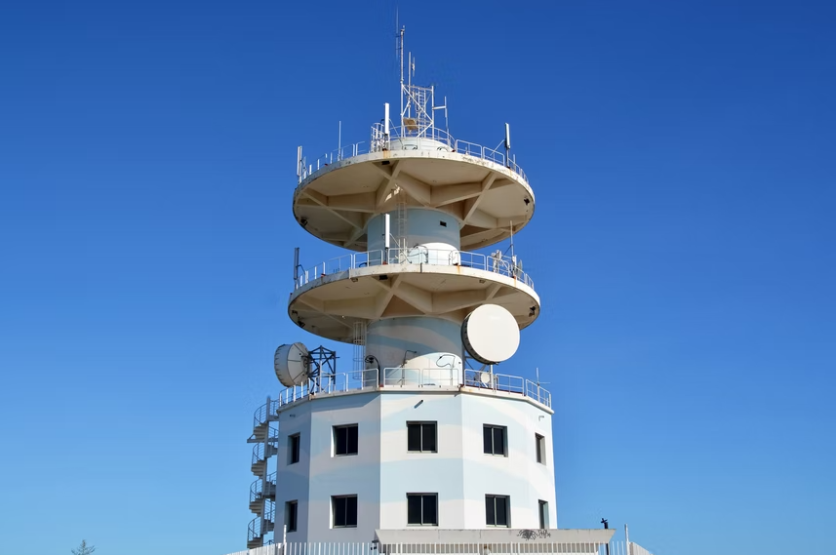
On Mar. 29, Ukrainian forces rolled into the streets of Irpin, which is the northwest of Kyiv, littered with dead bodies and wreckage.
The destruction had knocked all 24 of Irpin's cell towers offline, preventing the survivors from letting their loved ones know that they were safe.
Kostyantyn Naumenko, the head of radio access network planning and development at Vodafone Ukraine, said most base stations had significant destruction.
On Mar. 31, with the help from SpaceX CEO Elon Musk, Irpin was back online.
Irpin is Back Online
Irpin was reconnected after engineers from Vodafone Ukraine arrived with the satellite antenna called Dishy McFlatface, which is a terminal for the Starlink satellite internet service offered by Musk's SpaceX, according to Wired.
The engineers mounted the receiver and the base to a mobile base station on the edge of the city whose fiber-optic connection and power had been affected. The engineers also attached a generator after.
Also Read : Elon Musk Says SpaceX Will Provide More Terminals in Ukraine to Stabilize its Internet Service Amid Chaos
Within hours, Irpin was back online, and so were its residents. Naumenko said that the first thing that the residents did was to call their relatives to let them know that they were safe and sound.
The speed with which the city was brought back online shows the ingenuity of the engineers that were involved and the nimbleness with which Ukraine's government has used the terminals of Starlink.
Ukraine has received more than 10,000 of the devices since Russia invaded, in part thanks to funding and other help from the US government.
The Starlink terminals have already become central to Ukraine's response to the war, finding both civilian and military uses, according to VerveTimes.
The fast and widespread rollout of Starlink satellites in Ukraine has also been an unplanned experiment in the potential geopolitical power of next-generation satellite internet services.
If SpaceX or other providers are willing, high-speed internet from the sky could be a powerful way to provide internet connectivity to those suffering from war or authoritarian government.
Rose Croshier, a policy fellow at the Center for Global Development, said that in Ukraine, it is immediately obvious that Starlink and other constellations mean that there is an opportunity to have a resilient system protected from traditional ground attacks.
SpaceX's Starlink Satellites
Elon Musk's SpaceX has launched more than 2,000 Starlink satellites since 2019, and it offers internet service to several European countries, parts of Central and South America, New Zealand, and Australia, according to News Update.
Starlink is the most mature of three projects, including one from Amazon, creating a new generation of steady and high-speed internet services using thousands of small satellites in the Earth's orbit.
However, it was not Russia's invasion that brought the space satellites to Ukraine. Instead, it was Starlink's potential to improve the connectivity in the country and its rural regions.
According to departmental adviser Anton Melnyk, the country's Ministry for Digital Transformation first contacted SpaceX several months before the Russian invasion began.
Starlink executives spoke with the country's digital minister Mykhailo Fedorov about activating the service late in February. Just days later, Russia invaded, and Musk's service became attractive for a different reason.
Related Article: SpaceX Starlink Provides Internet for 150,000 Daily Users in Ukraine
This article is owned by Tech Times
Written by Sophie Webster
ⓒ 2025 TECHTIMES.com All rights reserved. Do not reproduce without permission.




